From employee to boss
“25 years ago, when many partners ordered components, we did not have them, but now I am very proud to be able to supply them at good prices and with guaranteed quality,” said Ms. Tran Thi Thu Trang, Chairwoman of the Board of Directors of Hanel PT.
Ms. Trang’s story reflects the journey of Vietnamese enterprises maturing in the process of industrialization. However, according to her, the biggest challenge for Vietnam in the next decade is how to “shift from processing to manufacturing, from working for hire to mastering technology.”
In fact, the manufacturing industry accounts for about 25% of GDP, but most of it is still concentrated in the assembly stage, with low domestic value. The electronics group accounts for 33% of the country's total export turnover, mostly undertaken by FDI corporations. According to the General Statistics Office ( Ministry of Finance ), in the period 2016-2024, exports of electronics, computers and components increased from 18.5 billion USD to 68 billion USD, while imports increased from 27.8 billion USD to more than 100 billion USD. The scale of expansion is rapid, but the domestic value is still modest.
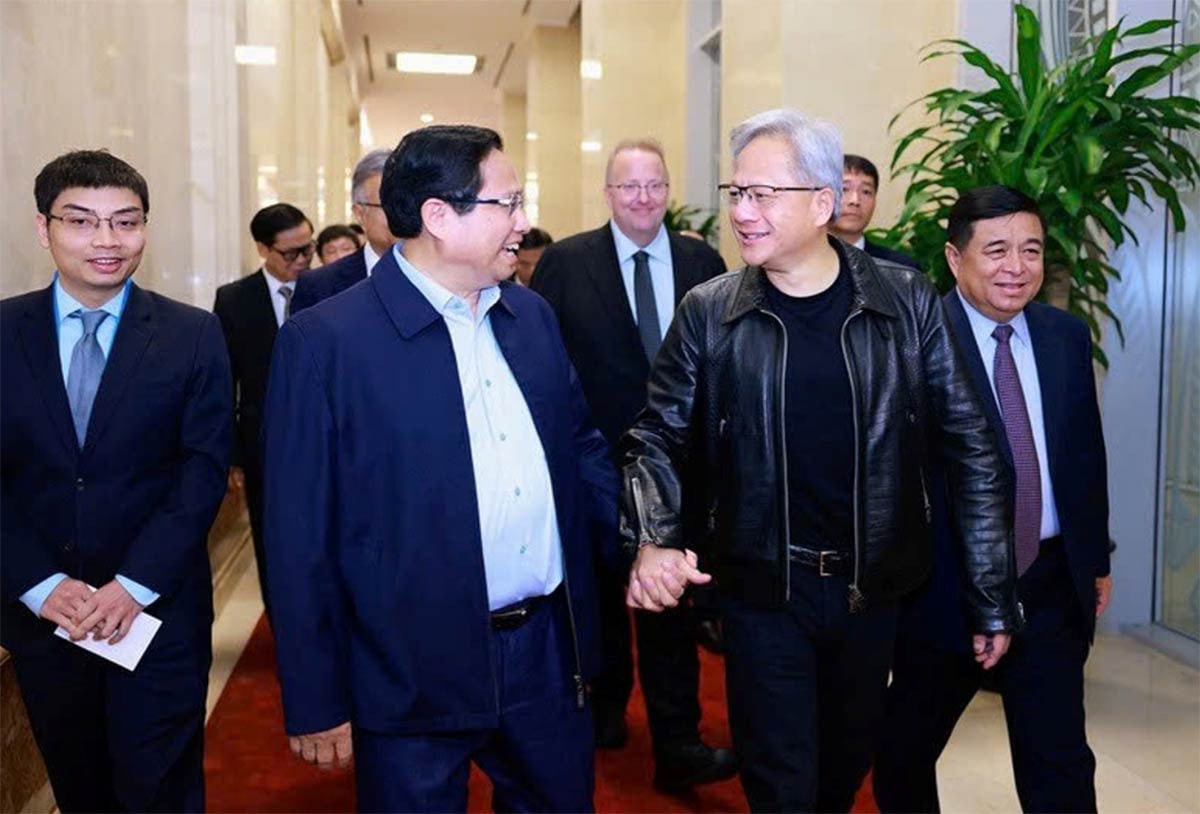
Prime Minister Pham Minh Chinh welcomed the Chairman and senior leaders of NVIDIA Corporation to their second visit and work in Vietnam. Photo: VGP/Nhat Bac
In the context of the 4.0 Industrial Revolution taking place strongly with core technologies such as artificial intelligence (AI), big data, cloud computing, robots, semiconductor chips, the competitive advantage between economies is being reshaped. Vietnam, a country in the stage of accelerating industrialization, has the opportunity to shorten the gap if it takes advantage of this opportunity.
According to Ms. Nguyen Thi Phuong Thao, Chairwoman of the Board of Directors of Sovico Group, the world is entering a period of “artificial intelligence” in all fields. “Vietnam has a golden opportunity to participate deeply in the global value chain, especially in fields such as semiconductors and AI. Vietnam’s time has come, if we dare to think, dare to do and move quickly,” Ms. Thao said.
"We are living in an era where artificial intelligence, semiconductors, data and the digital economy are changing every day, every hour. These technologies not only shape the way we produce, but also change the way we live, learn and develop," said Ms. Thao.
She cited that Vietnam is currently in the top 6 globally in terms of openness to artificial intelligence, and at the same time possesses a strongly developing innovation ecosystem, ranging from digital finance, smart manufacturing to clean energy.
In the semiconductor sector, the trend of shifting global supply chains gives Vietnam a unique advantage: a safe, dynamic and attractive environment.
“For the first time, we have the opportunity to participate more deeply in the value chain of the world's leading technology corporations,” Ms. Thao emphasized.
Progress from major government decisions
In recent years, the Party, National Assembly and Government have continuously issued groundbreaking policies and strategies to promote in-depth development of Vietnamese industry, shifting from "assembly" to "manufacturing" and "creation".
Typical examples are Resolution 57-NQ/TW of the Politburo on breakthroughs in science, technology, innovation and national digital transformation; Resolution 68-NQ/TW on developing the private economy to become an important driving force of the economy; and Resolutions 193 and 198 of the National Assembly on developing high-tech industry.
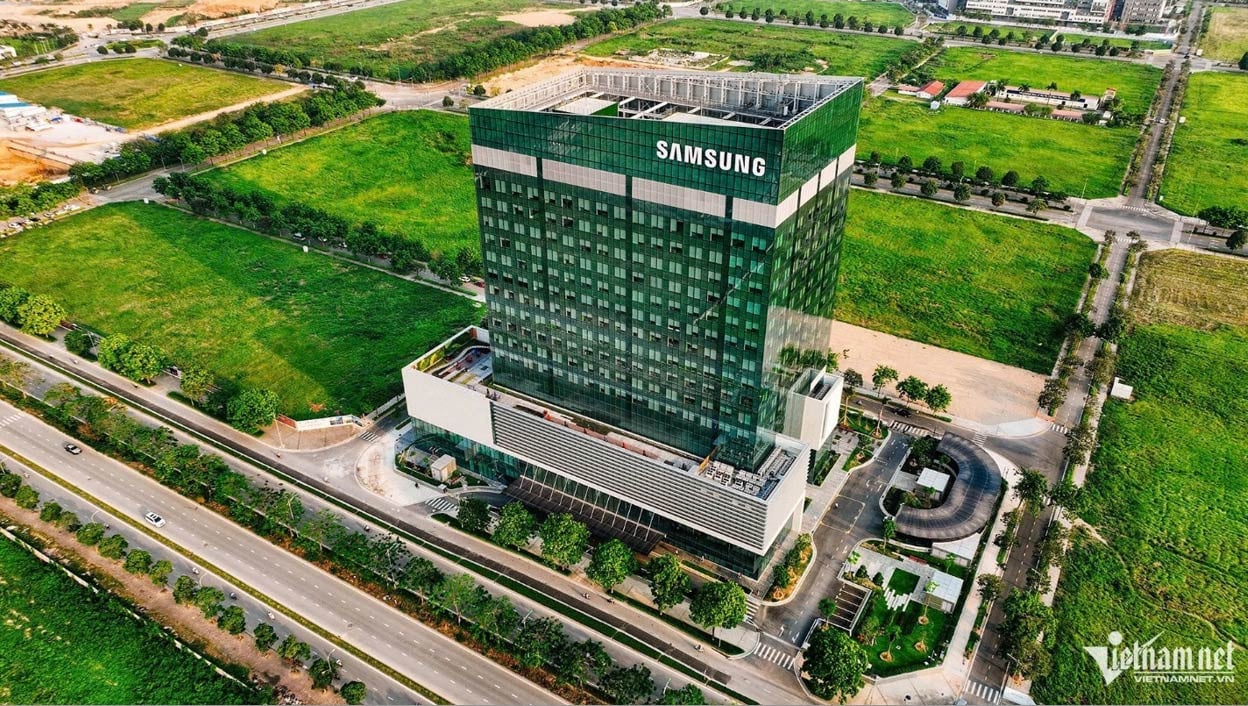
Samsung's largest R&D center in Southeast Asia is located on a nearly 1.2 hectare plot of land near Hoa Binh Park.
On that basis, the Government has specified in Resolution 03/NQ-CP - Action Program to implement Resolution 57 - requesting ministries, branches and localities to review and remove institutional barriers, and at the same time issue specific mechanisms on investment and public procurement for new technology products. The Government also directed the development of a network of innovation and startup centers, promoting strategic areas such as semiconductors, artificial intelligence, digital technology, and smart cities.
By 2030, Vietnam aims to form at least five key national programs in the above fields, creating a foundation for sustainable development of high-tech industry.
The semiconductor sector is a typical example. Vietnam currently has more than 50 chip design enterprises with about 7,000 engineers, along with 15 other enterprises involved in chip packaging and testing with more than 10,000 technicians. Viettel is expected to inaugurate its first chip manufacturing factory - a turning point that will put Vietnam on the global chip manufacturing map.
Notably, major technology corporations such as Nvidia, Qualcomm, Apple, Samsung, and Amkor have all chosen Vietnam as their production base or R&D center. The fact that Nvidia and Qualcomm chose Vietnam as their strategic research center for AI and semiconductors shows that Vietnam's position in the global value chain is changing rapidly.
In parallel, Vietnam has issued the Law on Digital Technology Industry and is developing the Law on Key Industries, along with preferential policies on tax, land, infrastructure and human resources to attract high-tech FDI flows. The Government also encourages FDI enterprises to open R&D centers in Vietnam.
Looking ahead, according to the Ministry of Industry and Trade, Vietnam’s key industrial export products such as phones, computers, and machinery are currently mainly produced by the FDI sector. Large-scale Vietnamese enterprises are still few and face barriers in technical standards and trade promotion. Therefore, supporting enterprises to meet international standards is necessary for “Made by Vietnam” products to be qualified to penetrate demanding markets such as the US and EU.
The Ministry also believes that it is necessary to promote the transfer of advanced technology from abroad through mechanisms connecting Vietnamese enterprises with international partners, legal advice and financial support from the National Technology Innovation Fund or ODA sources for science and technology. Thanks to that, enterprises can easily access modern production lines, equipment and know-how at lower costs, contributing to accelerating industrial modernization and improving competitiveness.
According to the Ministry of Industry and Trade, smart industry is an opportunity for “shortened modernization”, helping Vietnam achieve modern industrial standards in a much shorter time than previous countries.
If the first countries to industrialize took hundreds of years like England, then countries like Japan shortened it to 50 years, and East Asian NICs like Korea took less than 30 years, then the smart industrial revolution is an opportunity for Vietnam and other developing countries to shorten their industrialization time.
FPT Chairman Truong Gia Binh emphasized: “A country cannot become rich and powerful if it only works for hire and depends on foreign technology. We must be our own masters, be creative, and create our own values.”
The path from “processing” to “mastering” is not easy, but Vietnam has a strategic vision, a policy foundation and strong enough political determination to take steady steps.
The Government's efforts in perfecting institutions, improving the investment environment, developing technological human resources, attracting high-quality FDI and supporting innovative enterprises have opened a new chapter for Vietnam's industry.
From being a “hired worker” for the world, Vietnam is moving closer to the goal of “mastering” the global value chain, gradually realizing the aspiration of becoming a modern, high-income industrial country by 2045.
Sunshine
Source: https://vietnamnet.vn/cong-nghiep-viet-nam-vuon-minh-len-nac-thang-moi-tu-gia-cong-tien-len-lam-chu-2451896.html



![[Photo] Solemn opening of the 1st Government Party Congress](https://vphoto.vietnam.vn/thumb/1200x675/vietnam/resource/IMAGE/2025/10/13/1760337945186_ndo_br_img-0787-jpg.webp)










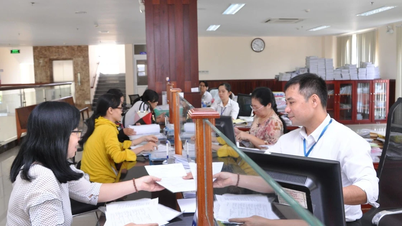












![[Photo] General Secretary To Lam attends the opening of the 1st Government Party Congress](https://vphoto.vietnam.vn/thumb/1200x675/vietnam/resource/IMAGE/2025/10/13/1760321055249_ndo_br_cover-9284-jpg.webp)



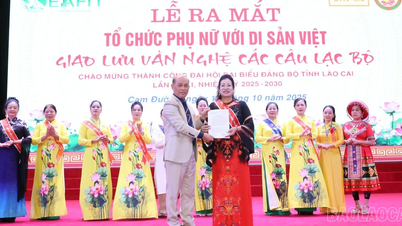

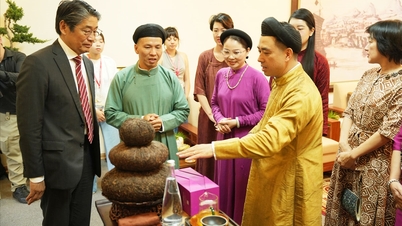






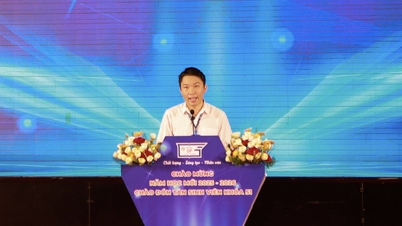



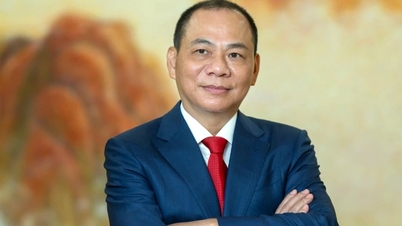




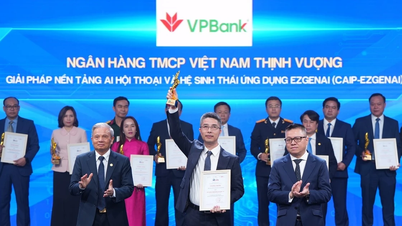


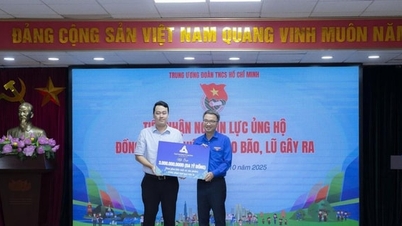

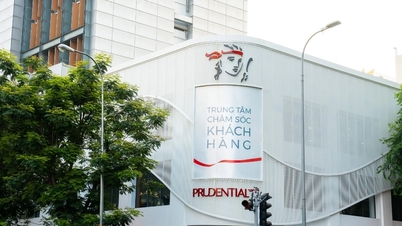
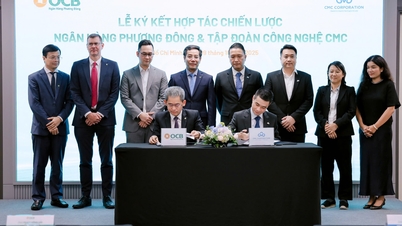

















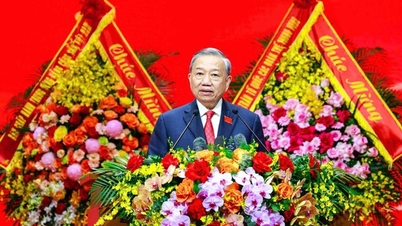

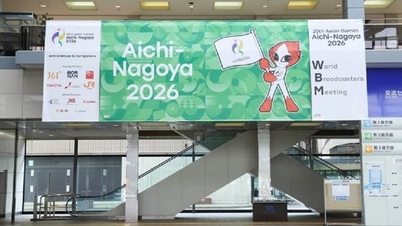


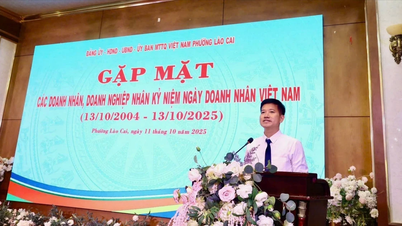





















Comment (0)